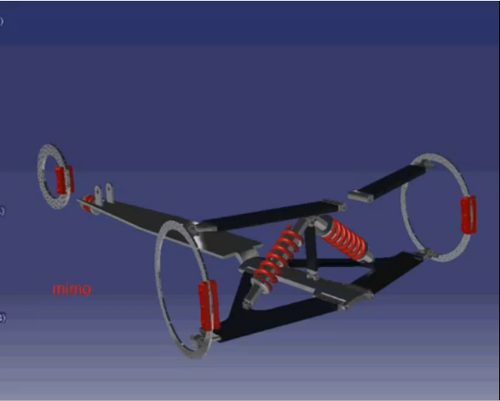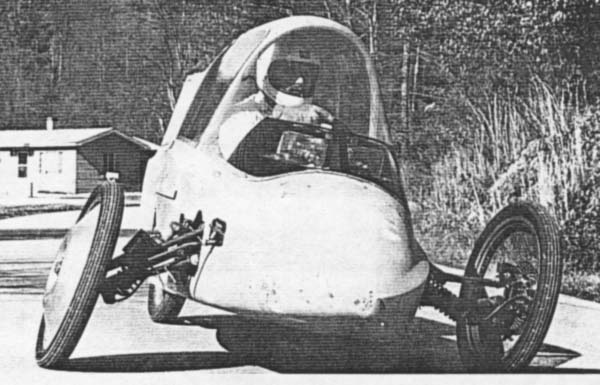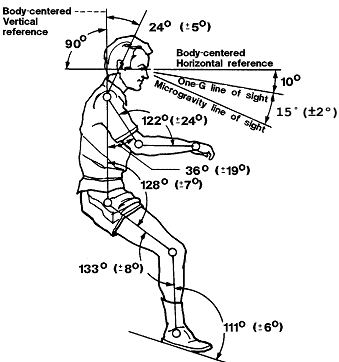
I have a couple of concerns about this suspension geometry.
I understand it, and see how everything connects and moves, but my concern is about the rebound and dampening. The wheels are obviously able to move up and down as well as tilt on the a-arms, but with the shocks hooked to each other it would seem like the suspension travel of one side is dependent on the other side being planted. This is disconcerting. The last thing you need on a leaning vehicle is wonky suspension. Sure this arrangement tilts just fine, but what happens when you’re deep in a lean and run over a pothole? Does the vehicle shoot one direction or another? It’s enough of an issue in traditional 2-wheel vehicles. So this is something I’ve got to get figured out during the prototyping process.
My prototype roadmap is as follows: Final concept » small-scale component prototyping » small-scale radio controlled, fully-functional prototype built mostly from R/C car components » large-scale prototype built from bicycle components and driven either by pedal power, electrics, or moped engine » full-scale chassis prototype with full drivetrain » polished full-scale vehicle made from chassis prototype and finalized.
Last night I swung by R/C Car Kings, a descriptively named shop in Burnsville, MN just up the road from my apartment. They’ve got every R/C car component known to man or beast in there. Fantastic stuff. I’m only just starting to understand the ins and outs of automotive suspension and as I’ve said before, I really want to engineer as few components for this vehicle as possible. Thankfully John, their resident suspension engineer, was on hand to walk me through my options. He expressed the same concerns I have about the pivoting, linked suspension on the design I’ve been referencing. He walked me through the different types of car suspensions and suggested either a king-pin set up (similar to what the Piaggio MP3 uses) or even a trailing springer suspension. Both are a tad tricky as they require me to essentially hang the entire front suspension (in terms of dampening and rebound travel) on the steering knuckles along with the brake calipers and wheels. It’s not impossible, it’s just complex. Anybody have any insights?



